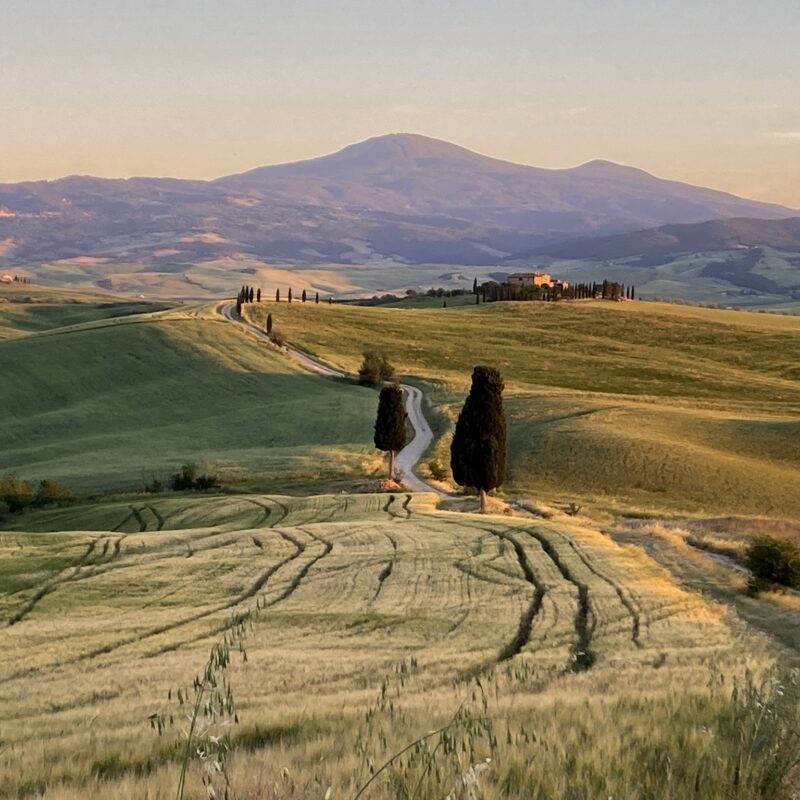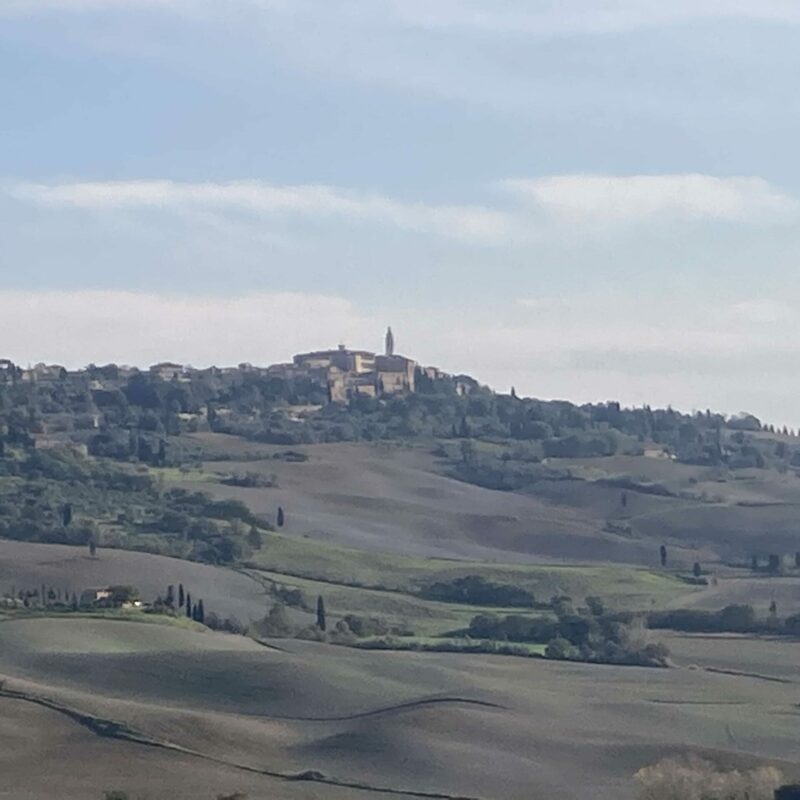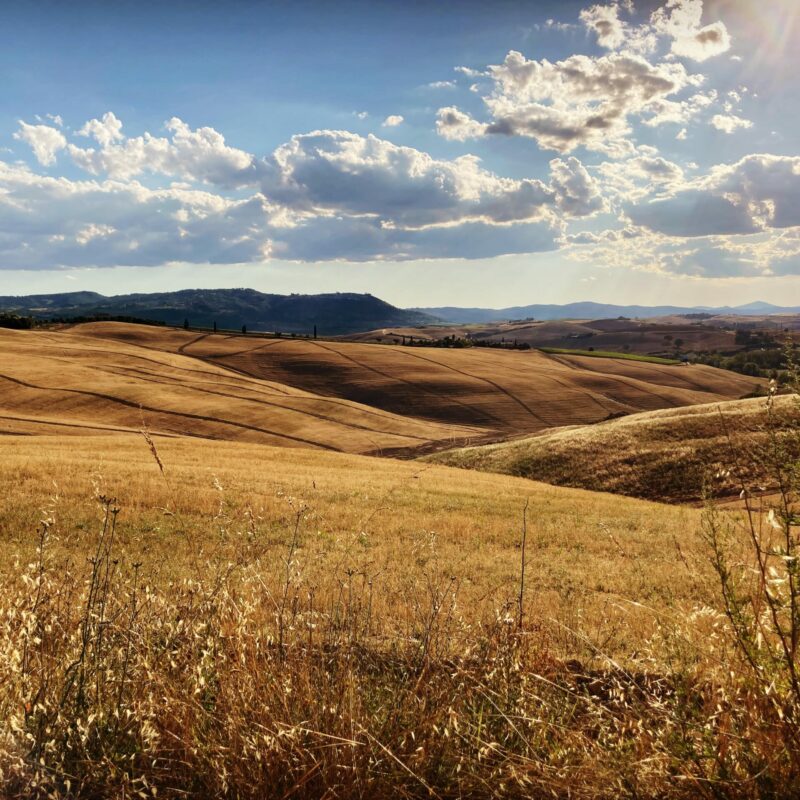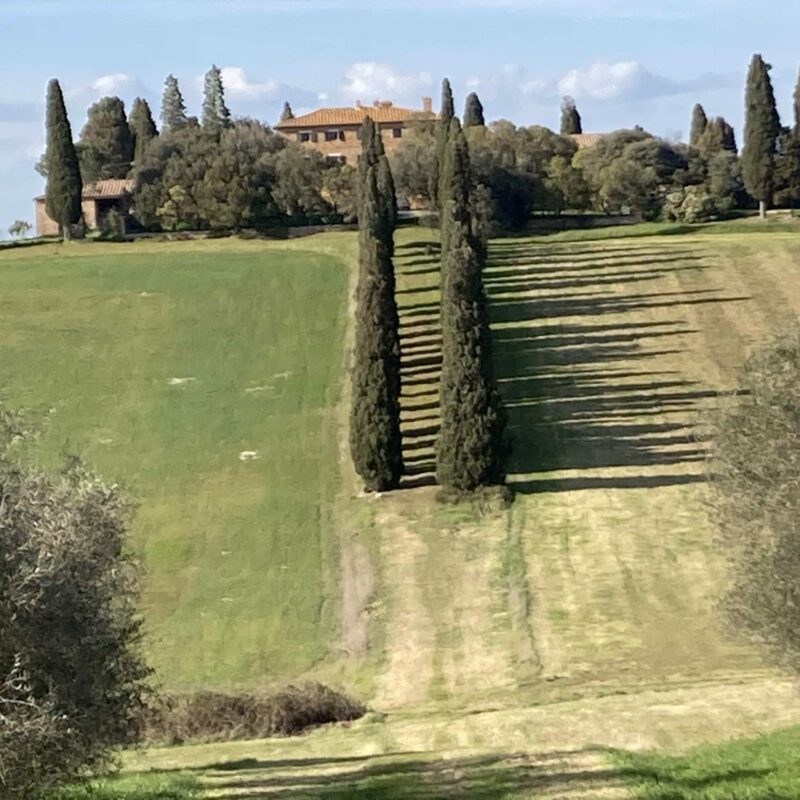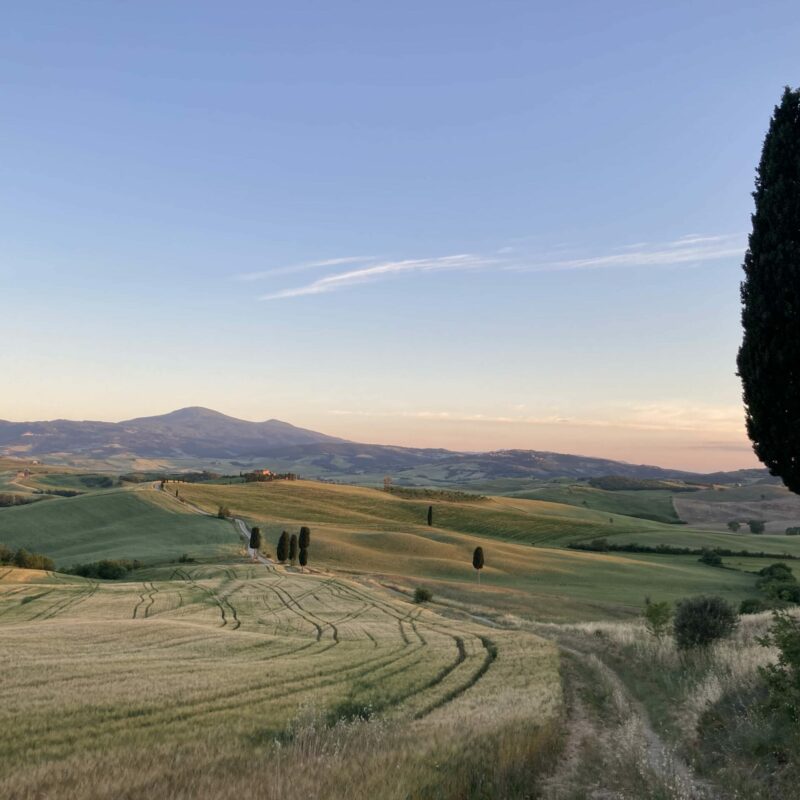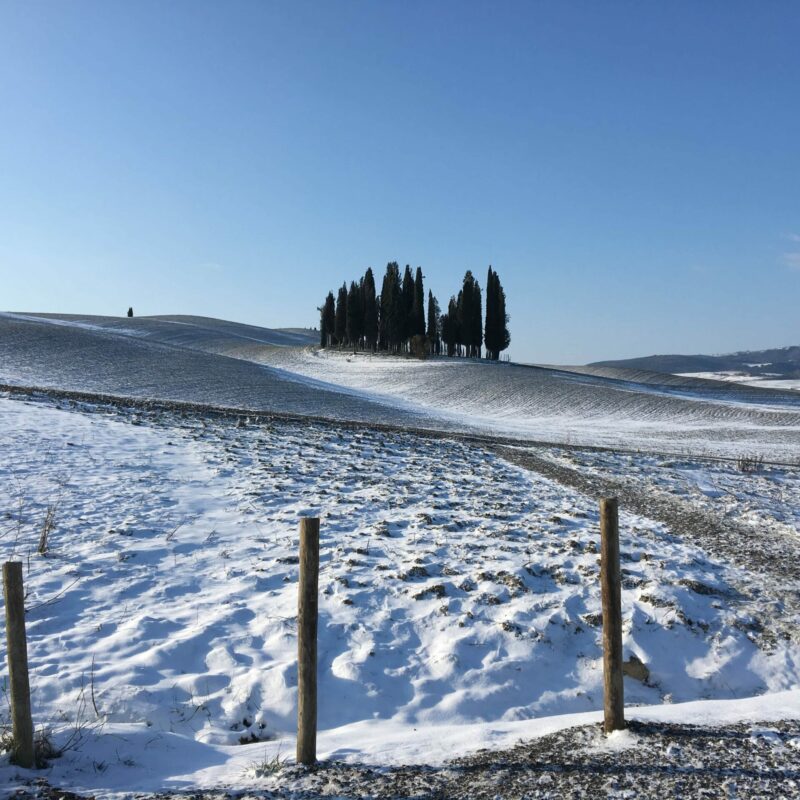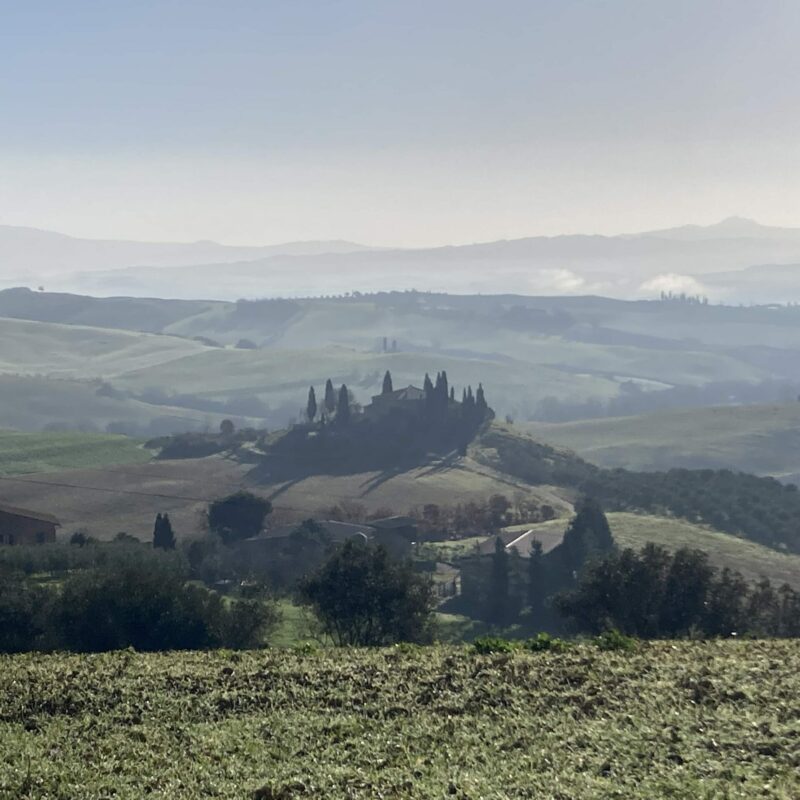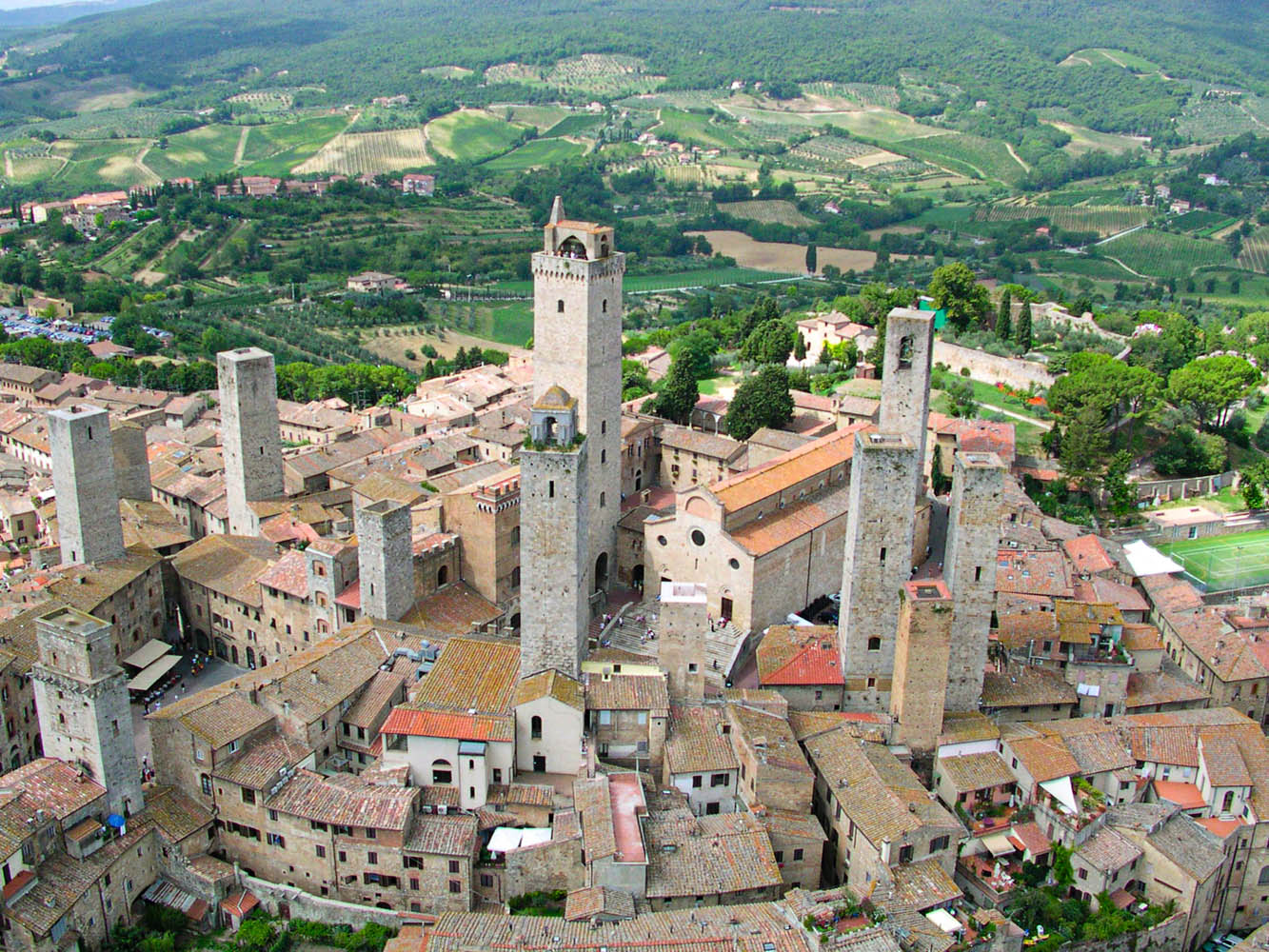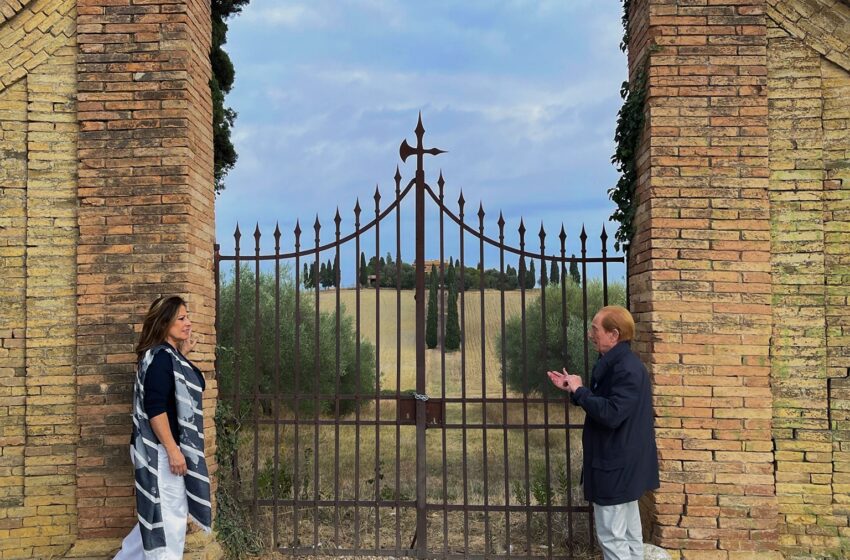
Val d’Orcia: Landscapes, Art Cities, and Gastronomic Excellences
Have you ever been to Val d’Orcia? It’s that territory famous for its landscapes, art cities, and gastronomic excellences, located in the Sienese land, in Southern Tuscany.
It includes the municipalities of San Quirico d’Orcia, Pienza, Montalcino, Castiglione d’Orcia, and Radicofani. In 2004, Val d’Orcia was inscribed on the UNESCO list as a cultural landscape by the World Heritage Committee because “it is an exceptional example of the redesign of the landscape during the pre-Renaissance, which illustrates the ideals of good governance and the aesthetic research that guided its conception”. It was the first landscape ever to receive this recognition.
“A concrete place but open to all dreams”
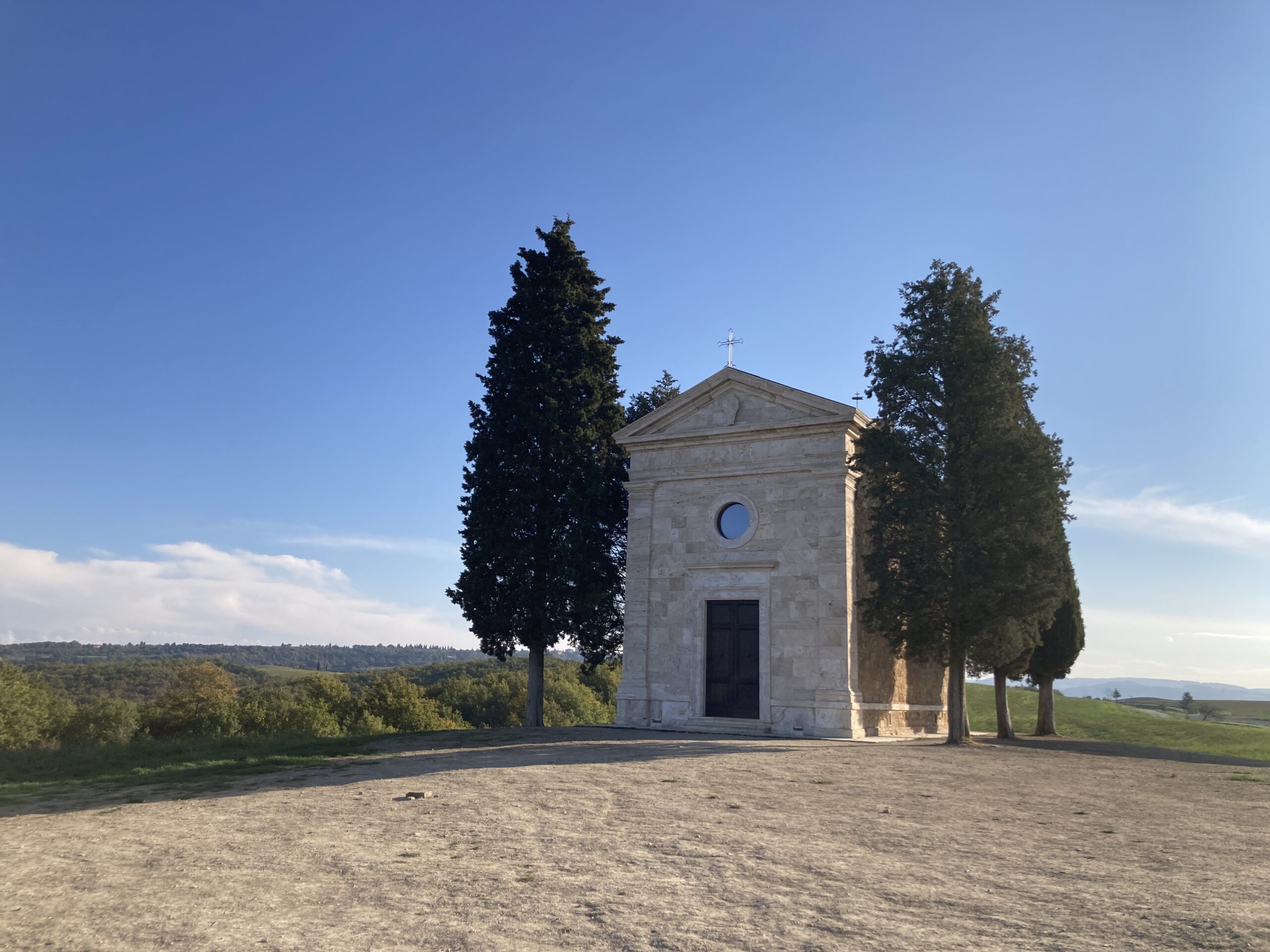
“A concrete place but open to all dreams” is how poet Mario Luzi described Val d’Orcia. From a ‘lunar’ landscape to agricultural territory, to the role – first unconscious, then responsible – of a universally recognized icon worldwide.
A success that led us to write a book dedicated to this territory: “Valore Val d’Orcia – The phenomenon of the most iconic Italian landscape in the world”, a journalistic essay that offers food for thought on the reasons behind the evolution of one of the most iconic landscapes ever known.
A master of journalism and a friend like Osvaldo Bevilacqua honored us with his signature in the presentation of the book: “Val d’Orcia is, for me, the place where reality surpasses fantasy thanks to the delicacy of its unique landscapes in the world, designed and shaped by that magnificent architect that is nature. My relationship with this wonderful territory is worth forty years, practically almost the same age as the TV show ‘Sereno Variabile’ which, also thanks to this magical land featured in the Rai program on about thirty occasions, has conquered and currently holds the Guinness World Record for TV”, he wrote.
A fluid territory
Val d’Orcia is a ‘fluid’ territory with which man has never stopped interacting, working it and preserving it never the same as itself. In a few kilometers away, there are the most known and recognizable symbols of Tuscany: the cypresses of San Quirico, the Vitaleta chapel, the Belvedere farmhouse, the Foce road painted by architect Pinsent, to the locations of Oscar-winning films, from Gladiator to The English Patient. It is precisely in San Quirico d’Orcia that the Gladiator’s house is located, the set of one of the most brutal scenes of the award-winning epic; while in the countryside of Pienza are the famous ‘Elysian Fields’ that close the film.
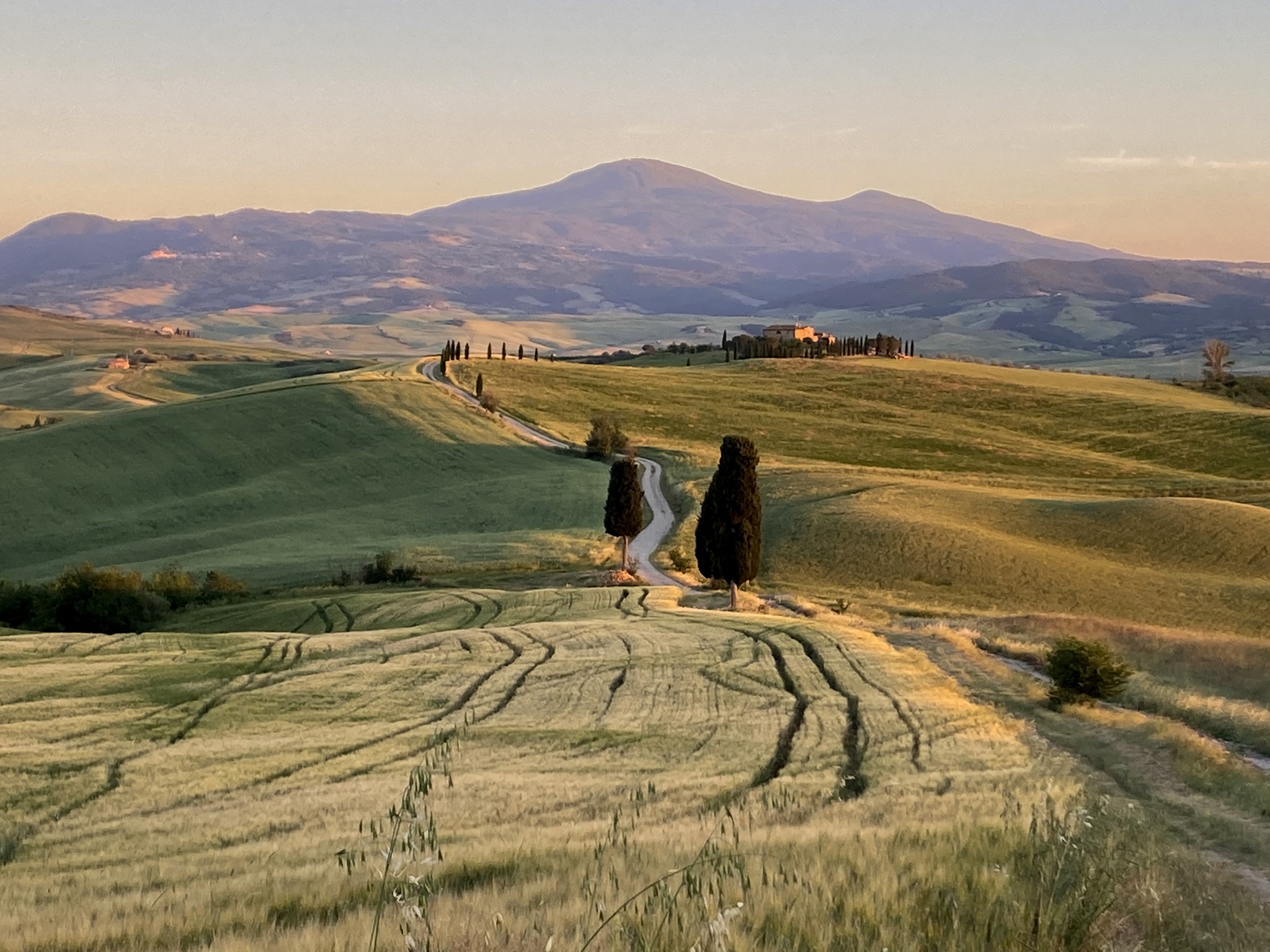
A landscape so desired that it produces economy: just think of how the number of accommodation facilities in Val d’Orcia has gone from 47 in 1992 to over 500 in the Covid era, with growth in terms of quality (luxury resorts and agritourisms) as well as numerical.
Gastronomic excellences
And then the gastronomic excellences, from Orcia wine, defined as “the most beautiful wine in the world” and its majesty Brunello di Montalcino; to the famous Pienza pecorino cheese that Pope Pius II liked so much, who had noted it, in the ‘400s, in his Commentaries, defining it “particularly delicate and good”. And then the wheat of Val d’Orcia, which colors the hills in the different seasons of the year and represents the raw material for pici, the flagship dish of this land, those hand-pulled spaghetti, made only with durum wheat flour, water, and salt and a drizzle of extra virgin olive oil. Already in the mid-Sixties in San Quirico d’Orcia, the Sagra dei Pici took place, today it is a dish that represents a much wider territory. The olive, another indispensable element of this landscape from which excellent extra virgin olive oil is produced; meats from the Chianina and Cinta Senese breeds, saffron, honey, craft beers, and prized truffles.
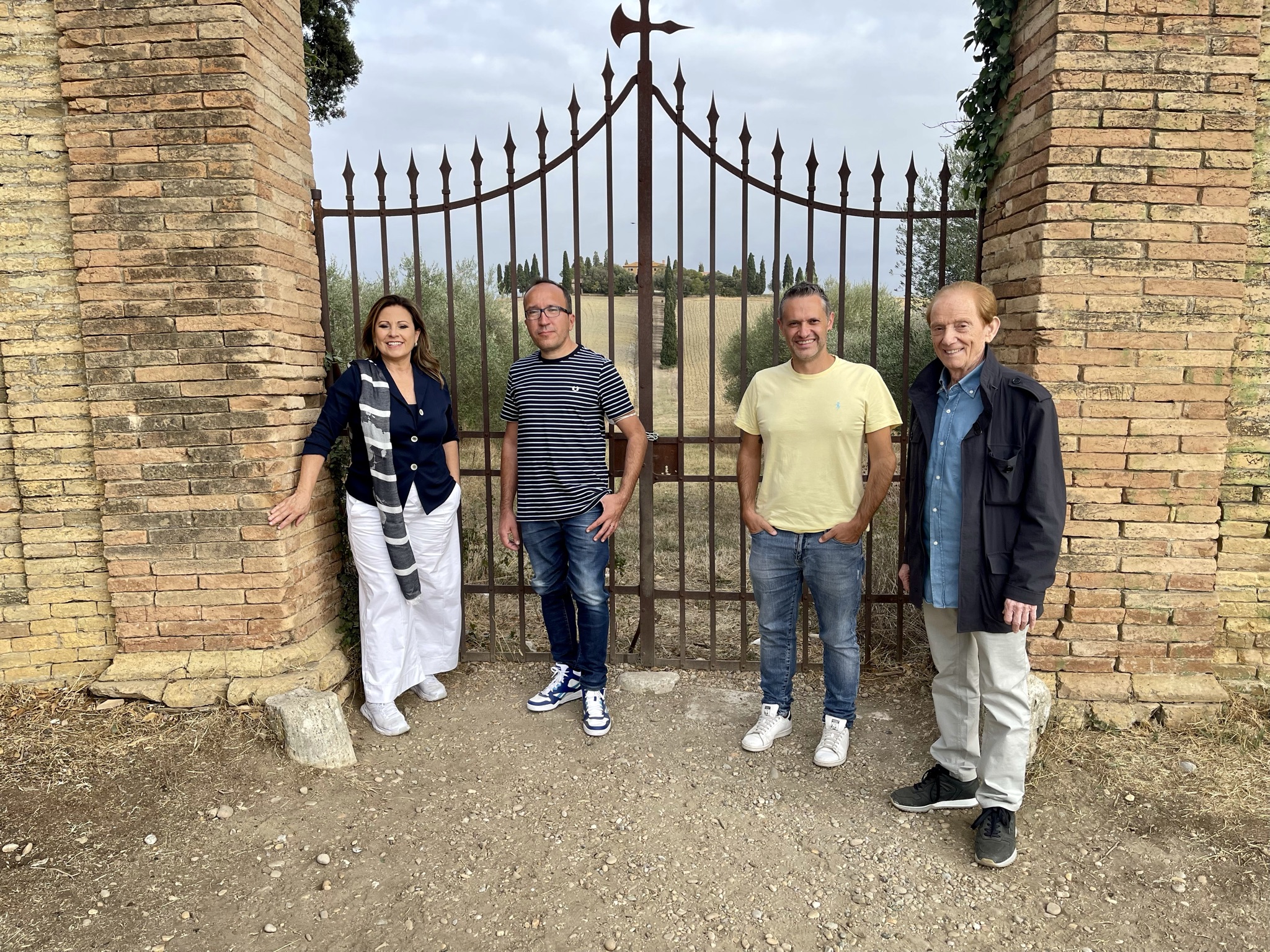
A treasure trove of landscapes and harmony
Val d’Orcia is a treasure trove of breathtaking landscapes, attracting tourists from all over the world every day of the year, liked for the harmony of its forms, shaped and sometimes transformed by man and agriculture over the centuries. Just as Ambrogio Lorenzetti represented it, in his fresco at Palazzo Pubblico in Siena, in the Effects of Good Government in the countryside.
In Valore Val d’Orcia, many aspects that make up this example of economic and social sustainability, from history to marketing, from psychology to cinema. Dedicated to those who live in this territory daily or to those who visit it even for just one day or for a vacation. But also to those who work there, because they can derive some useful advice from it; and finally also to those who administer it, because as we have highlighted this is a land very different from that of a hundred years ago and that, analyzing the various indicators, is destined to change again. What we have understood is that beauty has a concrete and fundamental economic and social value, but also that it must be managed to be lived.
by Lorenzo Benocci e Cristiano Pellegrini
Gallery:
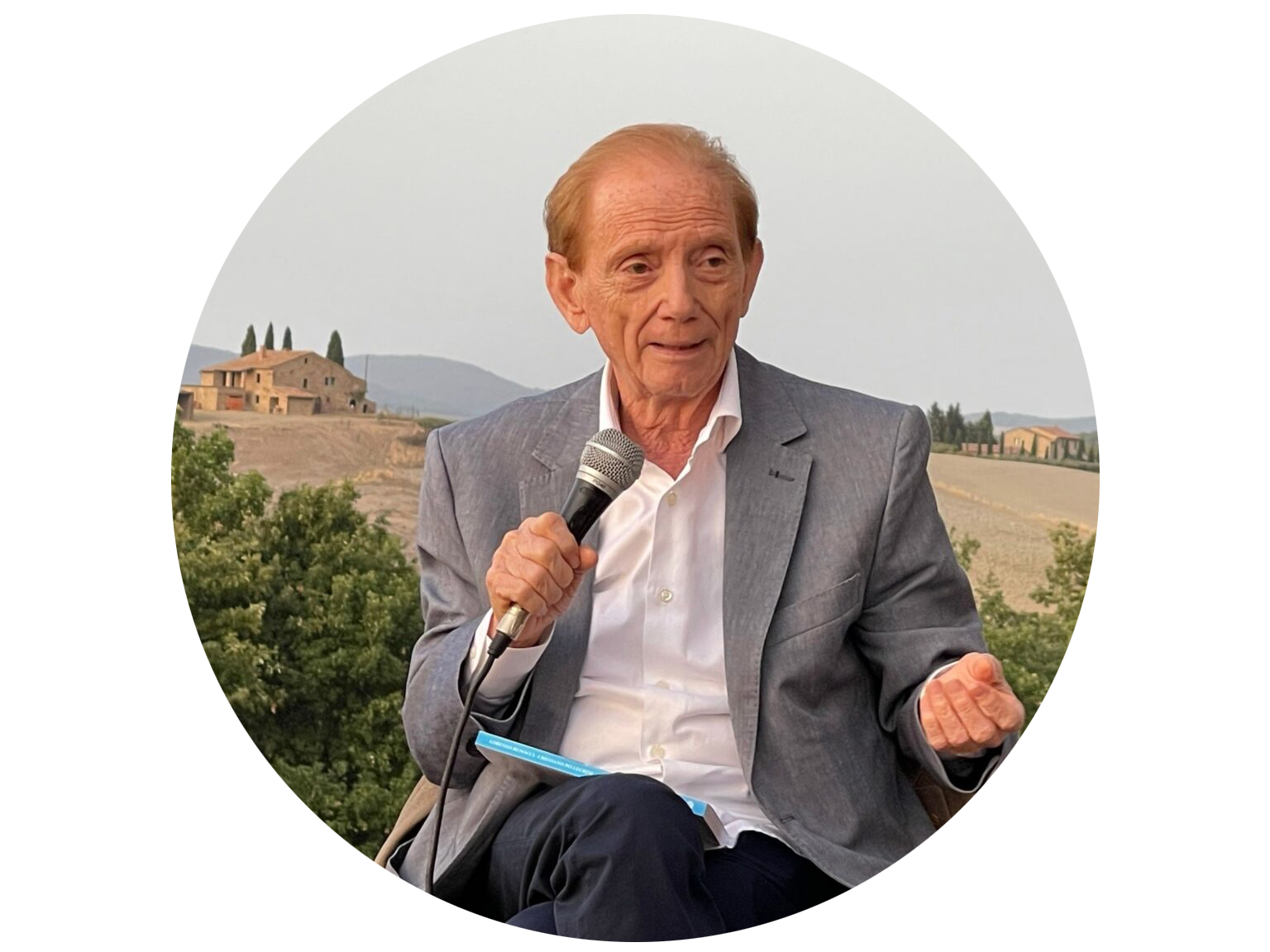
Giornalista italiano con oltre 40 anni di esperienza nel mondo dei media.
Leggi in:
![]() Italiano
Italiano





